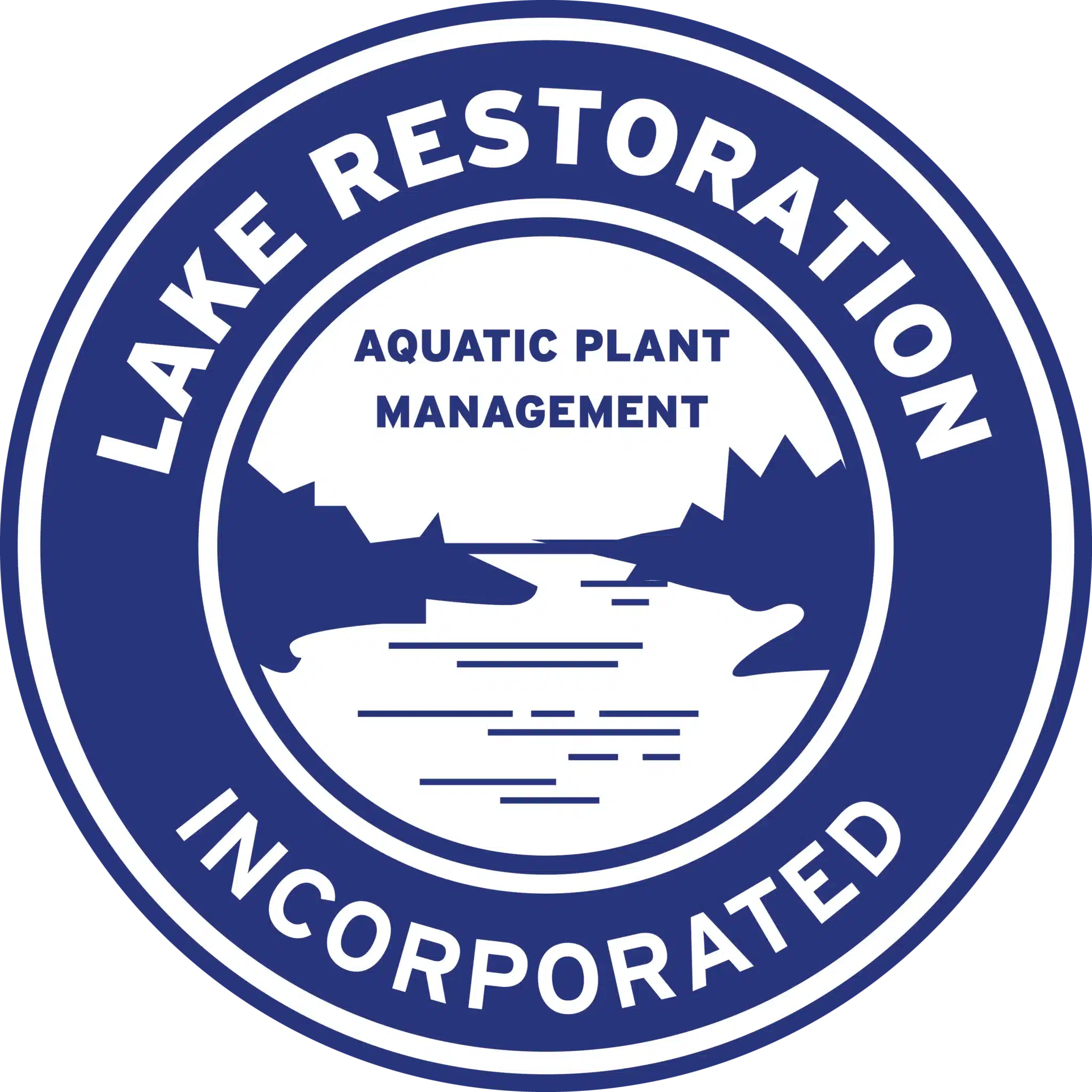
Oxygen: The Most Important Element
Overview
Aquatic plants and animals need oxygen to survive, and a water body needs it to stay healthy. One of the most common ways to determine how healthy the water is and how much life it can sustain is by detecting dissolved oxygen levels in ponds. As air and water mix at the surface, oxygen molecules remain suspended in the water, thus dissolving and becoming dissolved oxygen (DO).
What Should the Dissolved Oxygen Level be in a Pond?
DO is expressed as a ratio of milligrams per liter of water. It ranges based on environment, day, and year but is generally less than 10 mg/L overall. Levels of 3 mg/L are concerning, and levels of 1 or 2 mg/L create dead zones.
Adding a fountain to the pond exposes more water to the air, thus helping to increase the amount of dissolved oxygen in pond water. A simple aerator can also increase DO levels by pumping air into the pond and circulating it, which then allows it to dissolve. In general, the more water that’s exposed to the air, the better DO levels are.
What Else Affects Dissolved Oxygen in Ponds?
Many factors play a part in dissolved oxygen content in pond water, and the important detail to note is that higher concentrations of dissolved oxygen support more life. Here are some things that affect DO levels:
| More DO | Less DO |
| Cooler temperatures | Warmer temperatures |
| Mid-afternoon | Just before dawn |
| Fresh water | Salt water |
| Lower elevation | Higher elevation |
| More surface area | Less surface area |
Because colder temperatures support more DO to a certain point, levels are highest throughout the winter. On an average day, dissolved oxygen is at its peak mid-afternoon because algae and other organisms give off oxygen through photosynthesis, which also peaks mid-afternoon.
On the contrary, algae and other organisms use up oxygen overnight as part of respiration, so DO levels are low just before dawn. Fresh water can absorb more oxygen than salt water because there is essentially more space between the molecules. As elevation increases, dissolved oxygen decreases since oxygen in the air is less dense than at lower elevations.
Surface area of a water body also affects how much oxygen is dissolved in it: more surface area gets more oxygen because it has more exposure to the air. Consequently, a shallow but wide body of water will have more DO than a deep and narrow one.
Conclusion
Having a stable and healthy level of dissolved oxygen in a pond is crucial to the survival of the aquatic ecosystem. There are many aspects that play a part in DO levels, and it’s important to know how those things affect a water body and how to increase oxygen in a pond.

